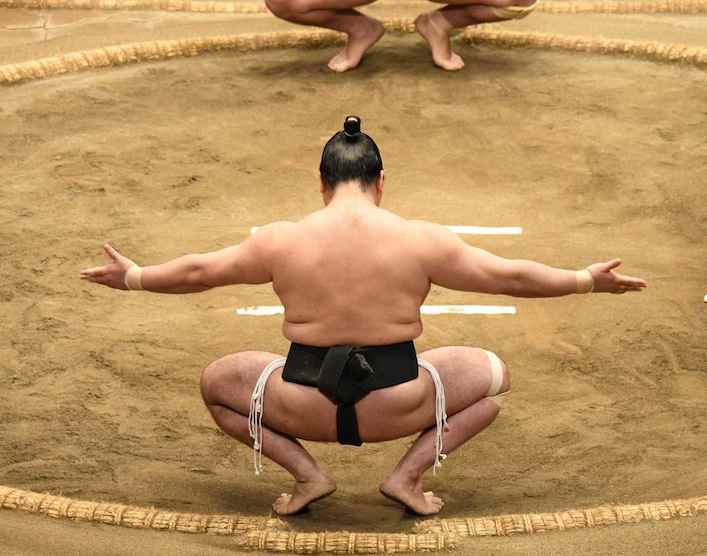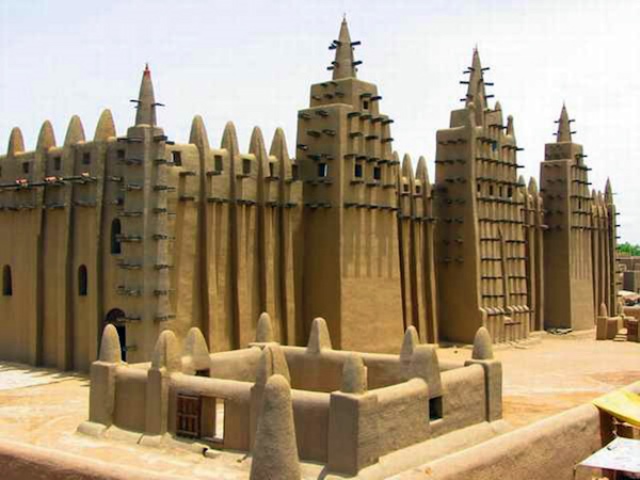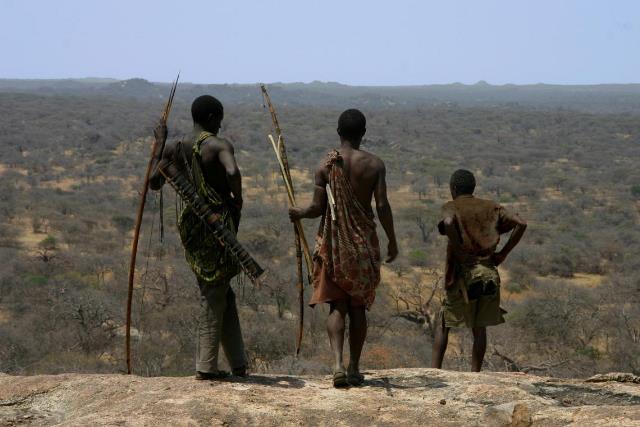Last Updated on March 12, 2023
Have you ever watched the 2006 film Apocalypto? Then you’ll have seen a brief glimpse into what the ancient Mayans looked like and possibly did. But whether you have watched the award-winning film or not, we’ll discuss this mysterious culture that still intrigues many today. The Mayan civilization once thrived deep in the dense jungles of Central America. It left behind a legacy that has fascinated historians, archaeologists, and curious minds for centuries.
Known for their advanced astronomical knowledge, impressive architecture, intricate hieroglyphic writing, and mysterious disappearance, the Mayan civilization continues to be a source of wonder and awe. Journey with us as we unravel this ancient culture’s mysteries and explore the Mayan civilization’s rich history.
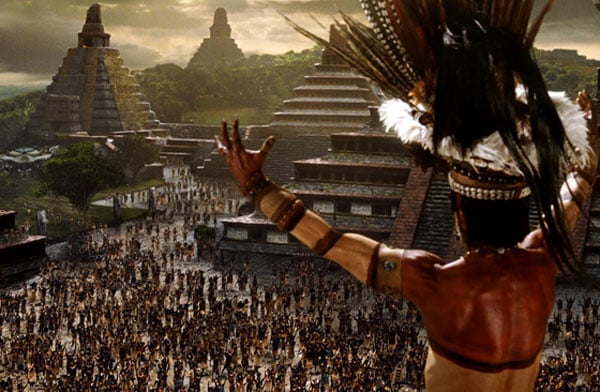
A Brief Overview of the Mayan Civilization
The Mayan Civilization was a pre-Columbian civilization that flourished in the regions of present-day Mexico, Guatemala, Belize, and Honduras from about 2000 BC to 1500 AD.
They were known for their impressive architectural achievements, advanced knowledge of astronomy and mathematics, complex system of writing, and unique artistic expressions.
The Mayans had a complex social hierarchy and a sophisticated religion that incorporated human sacrifice.
However, the civilization experienced a mysterious collapse in the 9th century AD, and their culture gradually disappeared. Nevertheless, the Mayans left an impact on modern society.
Importance of the Mayan Civilization in History
The Mayan Civilization played a crucial role in shaping the history of the Americas and the world. Their achievements in astronomy, mathematics, architecture, and writing were highly advanced for their time and continue to inspire and intrigue people today.
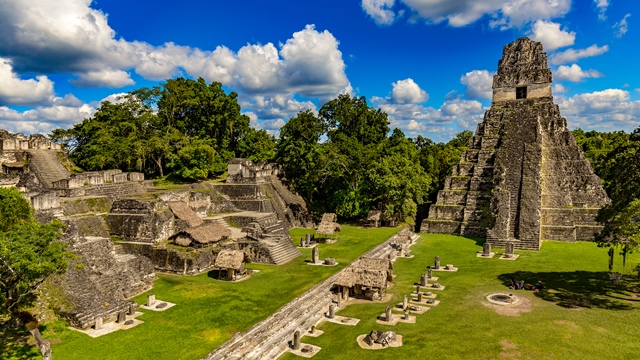
In addition, their system of writing, which was one of the few fully developed writing systems in the ancient world, has provided valuable insights into their history, beliefs, and customs.
The Mayan Civilization also had a significant impact on the culture and society of Mesoamerica. It thereby influenced the development of other civilizations in the region.
Additionally, the mystery of their collapse has spurred countless theories and investigations. This has made the Mayan Civilization an important subject for historians and archaeologists.
Read: The Rich History of the Zulu Kingdom
Geography and Timeline
The Mayans lived in the regions of present-day Mexico, Guatemala, Belize, and Honduras, in an area known as Mesoamerica. This region is characterized by a tropical climate, dense jungles, and abundant natural resources.
The timeline of the Mayan Civilization is divided into three periods: the Preclassic period (2000 BC-250 AD), the Classic period (250-900 AD), and the Postclassic period (900-1500 AD).
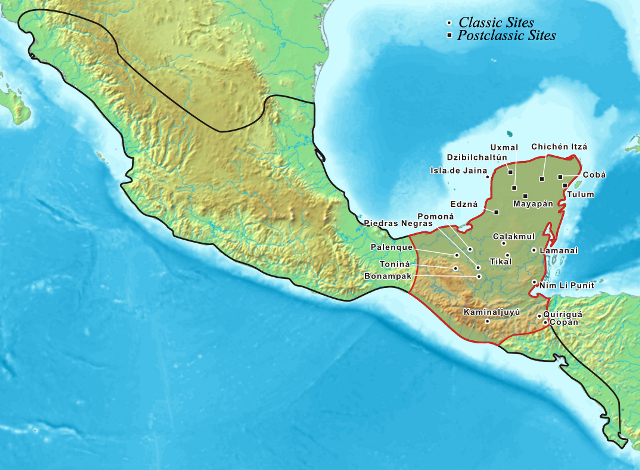
During the Preclassic period, the Mayans planted their crops, built their first cities, and developed a hierarchical society.
The Classic period was characterized by the rise of powerful city-states, such as Tikal and Chichen Itza. This era also featured impressive architectural achievements, such as pyramids and palaces.
The Postclassic period saw the decline of the Mayan Civilization, with the collapse of many city-states and the emergence of new cultures, such as the Aztecs and the Incas.
Culture and Society
The culture and society of the Mayan Civilization were composite and diverse, with a strong emphasis on religion, social hierarchy, and artistic expression.
Religion played a significant role in Mayan culture, with a pantheon of gods and goddesses worshipped through elaborate rituals and ceremonies. Human sacrifice was a part of their religious practice, with the belief that it was necessary to maintain balance in the universe.
Social hierarchy was also an important aspect of Mayan society. They had a ruling class of nobles and priests who held power over commoners and slaves. The social hierarchy was reinforced through elaborate clothing, jewelry, and hairstyles.
The Mayans were known for their artistic expression, including intricate stone carvings, colorful murals, and pottery. Furthermore, the Mayan writing system contains over 800 characters, including some hieroglyphic and phonetic signs that represent syllables.
The hieroglyphic signs are pictorial— that is, they depict pictures of real objects such as people, animals, and everyday objects. Hieroglyphics were used to record history, document religious practices, and create art and literature.
The Mayan Civilization also had a sophisticated system of mathematics and astronomy. This allowed them to develop an accurate calendar and make important observations of the stars and planets.
Despite their achievements, the Mayans faced various challenges, including warfare, political instability, and environmental changes. These factors contributed to the gradual decline of the Mayan Civilization.
Read: The Legacy of Ancient Greece on Western Civilization
Science and Technology
The Mayan Civilization is widely recognized as one of the most advanced and sophisticated cultures of the ancient world, particularly in the fields of science and technology.
Mathematics was a critical part of Mayan society, and they developed an advanced mathematics system that included zero and a positional numeral system.
Astronomy was another area in which the Mayans excelled. They carefully observed the movements of the stars and planets. Their astronomical knowledge allowed them to develop a highly accurate calendar. The Mayan calendar was based on a complex system of interlocking cycles, including a solar year of 365 days and a sacred cycle of 260 days.
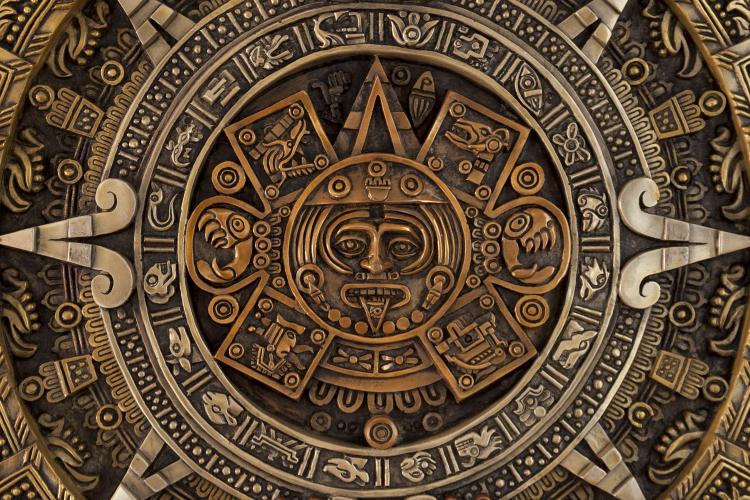
The Mayans were also highly skilled architects and engineers, building impressive structures such as pyramids, temples, and palaces. They used civilized construction techniques, including cement and plaster, to create buildings that were aesthetically beautiful and structurally sound.
Their contributions to science and technology are a testament to their intelligence and creativity. The Mayan Civilization remains a fascinating subject of study and a reminder of the incredible achievements of ancient cultures.
Decline and Legacy of the Mayan Civilization
The decline and legacy of the Mayan Civilization is a topic of great interest to historians and archaeologists. The Mayans were one of the most advanced and sophisticated cultures of the ancient world, known for their impressive achievements. However, despite their many accomplishments, the Mayan Civilization experienced a gradual decline that eventually led to its collapse.
There are many theories as to what caused the decline of the Mayan Civilization. Some historians believe that environmental factors, such as drought and deforestation, played a significant role in the decline of the Mayans.
Others suggest that internal conflicts, such as warfare and political instability, contributed to the collapse of the civilization. Still, some reports point to the impact of outside forces, such as the arrival of the Spanish and the spread of disease.
Regardless of the cause of their decline, the legacy of the Mayan Civilization continues to fascinate and inspire people through several generations. The Mayans left behind a rich cultural and artistic legacy that included impressive architectural achievements, such as pyramids and temples, as well as intricate carvings and paintings.
Additionally, the Mayan Civilization also profoundly impacted the fields of mathematics and astronomy, developing complex systems for tracking time and making astronomical observations. The Mayan calendar is still in use in some Mayan communities today.
The Mayans also left behind a unique system of writing known as hieroglyphics, which now provides valuable insights into their history, beliefs, and customs.
Deciphering Mayan hieroglyphics has been a significant achievement in archaeology, with several studies on this writing system. Their findings have helped shed light on the daily lives of the Mayans and their cultural practices. The Mayan Civilization may be long gone, but its legacy lives on.
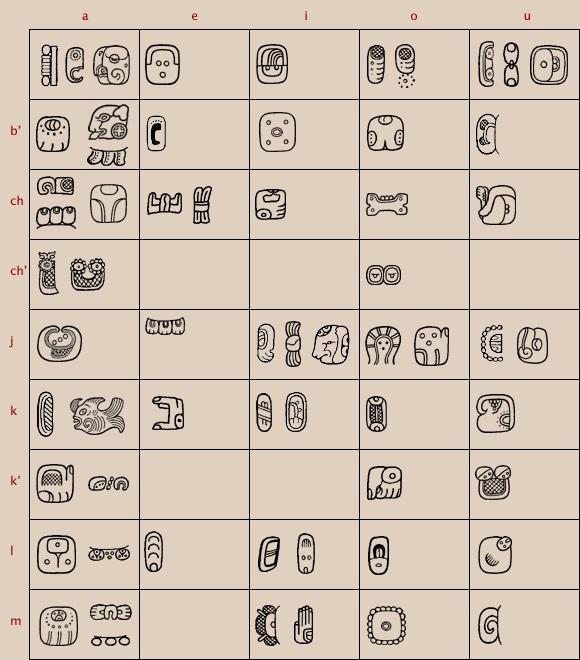
Read: How Did the Roman Empire Fall?
Are There Any Mayans Still in Existence?
Yes. The Maya are the largest single group of indigenous people living north of Peru, numbering about six million today. Mexico is home to some of the largest Maya tribes, with the Yucatecs (around 300,000), Tzotzil (around 120,000), and Tzeltal being the most significant (around 80,000).
Why It’s Important to Preserve Mayan Culture and Heritage
Preserving the Mayan culture and heritage is important for several reasons:
Historical and Cultural Significance
The Mayan civilization was one of the most important and influential cultures in pre-Columbian America. Their achievements in astronomy, mathematics, architecture and art continue to inspire and influence modern-day society. By preserving Mayan culture and heritage, we can better understand the history and culture of ancient America. It helps us appreciate the achievements of one of the world’s greatest civilizations.
Identity and Community
Mayan culture and heritage play an important role in the identity and community of modern-day Mayans. By preserving their cultural traditions, Mayans can maintain a sense of pride and connection to their past and pass on their traditions and values to future generations.
Tourism and Economic Development
Mayan culture and heritage are major draws for tourists from all over the world to experience Mayan art, architecture, and cultural traditions. By preserving Mayan heritage sites and promoting cultural tourism, we can create economic opportunities for local communities and help to support the preservation of Mayan culture.
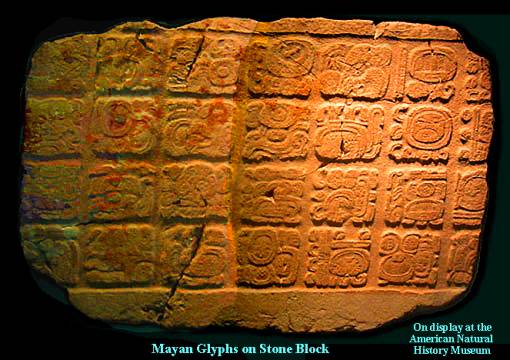
Environmental Conservation
Mayan cultural heritage is closely tied to the natural environment, and many Mayan sites are located in ecologically sensitive areas. By preserving Mayan heritage sites, we can also promote the conservation of the natural environment. This will also protect the region’s biodiversity and ecological health.
Before you go…
Hey, thank you for reading this blog to the end. I hope it was helpful. Let me tell you a little bit about Nicholas Idoko Technologies. We help businesses and companies build an online presence by developing web, mobile, desktop, and blockchain applications.
We also help aspiring software developers and programmers learn the skills they need to have a successful career. Take your first step to becoming a programming boss by joining our Learn To Code academy today!








